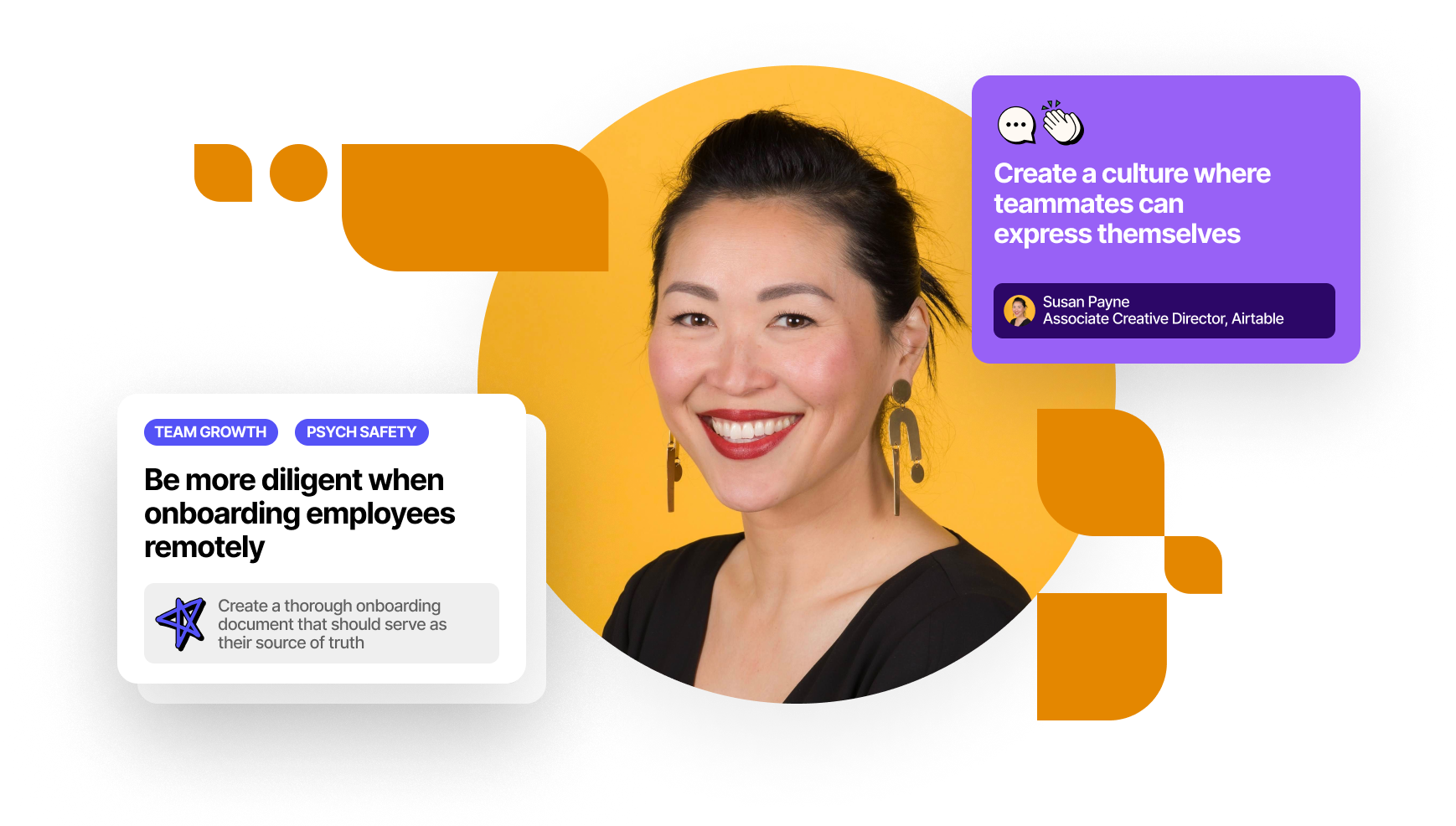Guide #030: How to improve collaboration between design system engineers and designers
Approach collaborating with your design system engineers with a sense of curiosity and a willingness to learn. Understand technical constraints and...
Report an issue, submit an idea, or get in touch.
Step-by-step, how-to guides written in modular format to make it easy for you to share and discuss within your team.

Approach collaborating with your design system engineers with a sense of curiosity and a willingness to learn. Understand technical constraints and...
Leaders should personalize company values for themselves and their teams, as well as create an environment where employees are able to mold and...
As a product designer joining a new company, you’ll need to be proactive at getting to know the right people and mastering your product domain.
Large, complex organizations present unique needs for design leadership. Look for individuals that display a unique and valuable combination of...
Effective cross-team collaboration is built on a company culture that supports professional growth through networking and peer-to-peer learning.
For centralized design system teams, it is critical to create a contribution model so that external contributors can suggest ideas to be upstreamed...
Working on digital products within a B2B environment provides the opportunity to learn about business processes as well as technology solutions.
The associate role should be viewed as a long term investment in the future of the company with the advantage of gaining enthusiastic professionals...
To advocate for ethical UX strategies within a company, connect the philosophies, approaches and language of your organization to the ethical...
Infusing equity-centered strategies within your digital product takes first introspection to build equity-centered practices within your teams, and...
Managers and team leaders hold a lot of responsibility to create inclusive environments, but team members also have a role to play — choosing to...
Company growth and the development of employees go hand in hand. Properly structured, internal training programs can be your secret sauce.